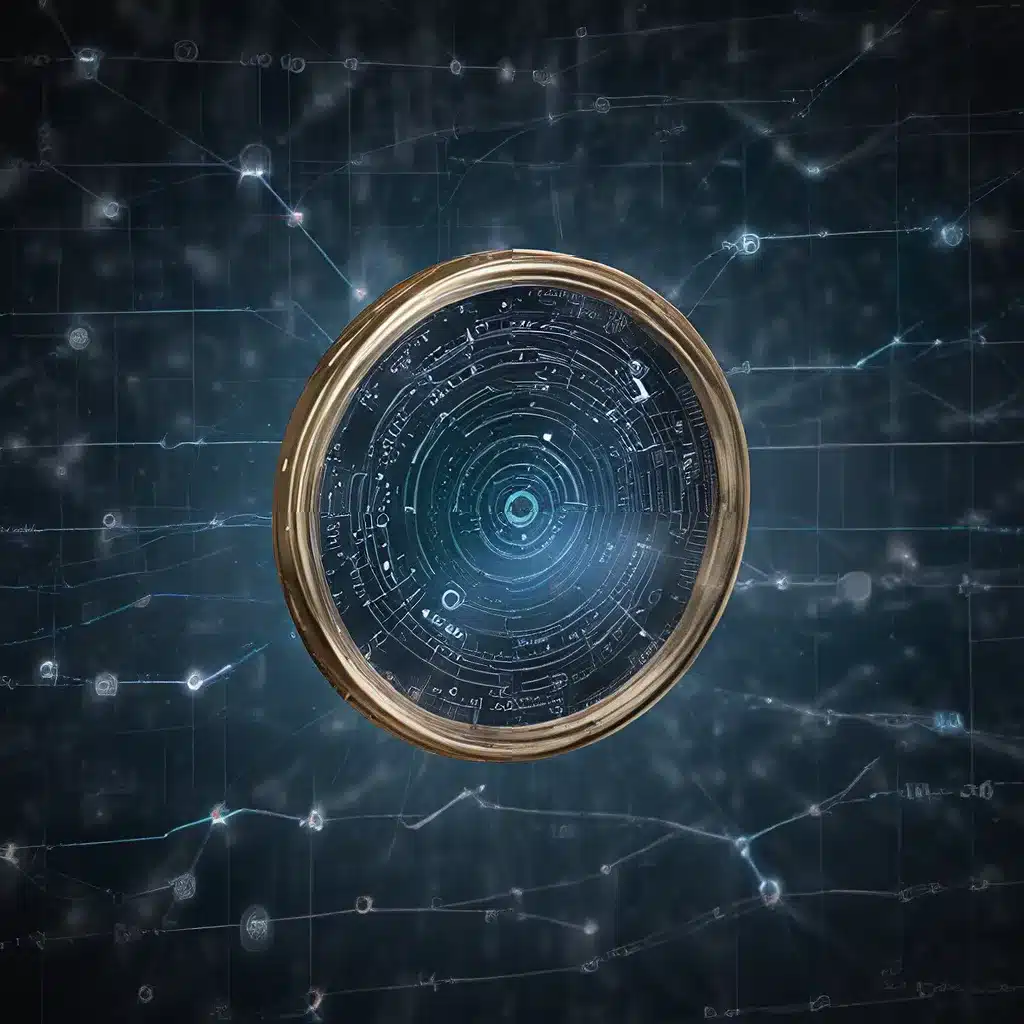
Unlocking the Power of Multisensor Integration
In the rapidly evolving world of sensor networks and Internet of Things (IoT) technologies, the ability to combine and analyze data from multiple sources has become a critical capability. Sensor fusion, the process of integrating information from diverse sensors, is transforming how organizations across industries leverage the wealth of available data to drive informed decisions and strategic advantages.
At the heart of sensor fusion lies the recognition that no single sensor can provide a complete picture of a complex system or environment. By blending information from various complementary sensors, organizations can gain a more comprehensive understanding of their operations, assets, and the surrounding landscape. This integrated approach enables enhanced situational awareness, anomaly detection, and predictive analytics, ultimately unlocking new opportunities for optimization and innovation.
Enhancing Geospatial Intelligence with Sensor Fusion
One prime example of the power of sensor fusion can be found in the realm of geospatial intelligence. Orbital Insight’s TerraScope platform demonstrates how the blending of location data and satellite imagery can deliver deep, actionable insights across a wide range of applications.
By combining computer vision and geolocation sensor data, the TerraScope platform enables users to detect changes, monitor activity, and discover patterns of life at any location around the globe. This multisensor approach allows businesses to gain near real-time visibility and access to historical trends, empowering them to make informed decisions in areas such as real estate site development, retail customer loyalty, supply chain optimization, and industrial facility monitoring.
The fundamental challenge in the geospatial ecosystem has been the wide variety of sensor data available, with no single platform capable of processing all data types. TerraScope’s innovative multisensor integration addresses this challenge by ingesting and processing dozens of complementary global data sets, enabling users to simply select an area of interest and analysis type to unlock instant, data-driven insights.
Sensor Network Design: Optimizing for Performance and Resilience
As sensor networks and IoT systems continue to grow in complexity and scale, the design of these systems has become increasingly critical. Achieving the right balance between performance, reliability, and energy efficiency is a key consideration for sensor network architects and IoT developers.
Network Topologies: Finding the Right Fit
One of the fundamental decisions in sensor network design is the choice of network topology. Centralized, decentralized, and hybrid topologies each offer unique advantages and trade-offs in terms of scalability, fault tolerance, and data processing capabilities.
| Topology | Advantages | Disadvantages |
|---|---|---|
| Centralized |
|
|
| Decentralized |
|
|
| Hybrid |
|
|
The choice of topology depends on the specific requirements of the sensor network, such as the scale of the deployment, the criticality of the application, and the available resources (e.g., computing power, energy constraints).
Energy Management: Powering Sensor Networks
One of the critical challenges in sensor network design is energy management. Sensor nodes are often battery-powered or energy-harvesting, requiring efficient energy management strategies to ensure prolonged operation and reliable data collection.
Energy-efficient protocols and duty-cycling techniques can help minimize power consumption by selectively activating sensor nodes and coordinating their activities. Energy harvesting technologies, such as solar, thermal, or kinetic energy, can further enhance the sustainability of sensor networks, particularly in remote or inaccessible locations.
Advancements in low-power electronics and wireless communication standards, such as LoRaWAN and Zigbee, have also played a crucial role in enabling the development of energy-efficient sensor networks that can operate for extended periods without the need for frequent battery replacements or recharging.
Securing Sensor Networks and IoT Devices
As sensor networks and IoT systems become increasingly ubiquitous, the security of these technologies has become a paramount concern. Sensor nodes and IoT devices are often deployed in uncontrolled environments, making them vulnerable to a wide range of cyber threats, including unauthorized access, data tampering, and denial-of-service attacks.
Addressing IoT Security Challenges
The heterogeneous nature of IoT devices, the limited computing resources of sensor nodes, and the distributed nature of sensor networks pose unique security challenges. Traditional security solutions designed for enterprise IT systems may not be directly applicable, necessitating the development of specialized IoT security protocols and architectures.
Secure device onboarding, end-to-end encryption, and secure firmware updates are some of the key security measures required to protect sensor networks and IoT devices. Blockchain-based solutions and edge computing approaches are also emerging as promising strategies to enhance the security and privacy of sensor network data.
Securing the Sensor Data Lifecycle
Securing the sensor data lifecycle, from data collection to storage and analysis, is crucial for maintaining the integrity and confidentiality of the information generated by sensor networks.
Encryption, access control, and data provenance mechanisms can help ensure the security and privacy of sensor data throughout its lifecycle. Secure data aggregation and distributed data processing techniques can also play a role in mitigating the risks associated with the centralized storage and processing of sensor data.
The Future of Sensor Networks and IoT
As sensor networks and IoT continue to evolve, the integration and optimization of these technologies will be key to unlocking their full potential. The ability to combine and analyze data from diverse sensors, as exemplified by the sensor fusion approach, will be a critical driver of innovation and competitive advantage across various industries.
Advancements in energy-efficient sensor design, secure communication protocols, and edge computing will enable the scalable deployment of sensor networks in a wide range of applications, from smart cities and industrial automation to environmental monitoring and healthcare.
The sensor network and IoT ecosystem is constantly expanding, and the comprehensive insights and actionable intelligence derived from sensor fusion will be instrumental in shaping the future of these technologies. By embracing the power of multisensor integration, organizations can unlock new opportunities and drive transformative change in the world around us.
To explore the latest advancements in sensor networks and IoT, visit the Sensor Networks Organization website, a leading resource for industry professionals, researchers, and enthusiasts in this dynamic field.